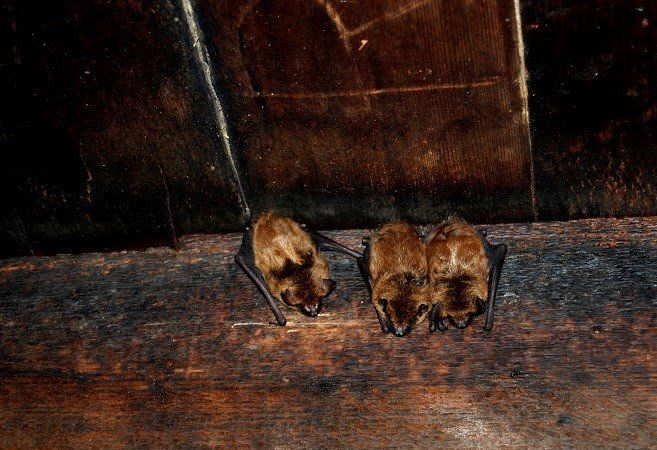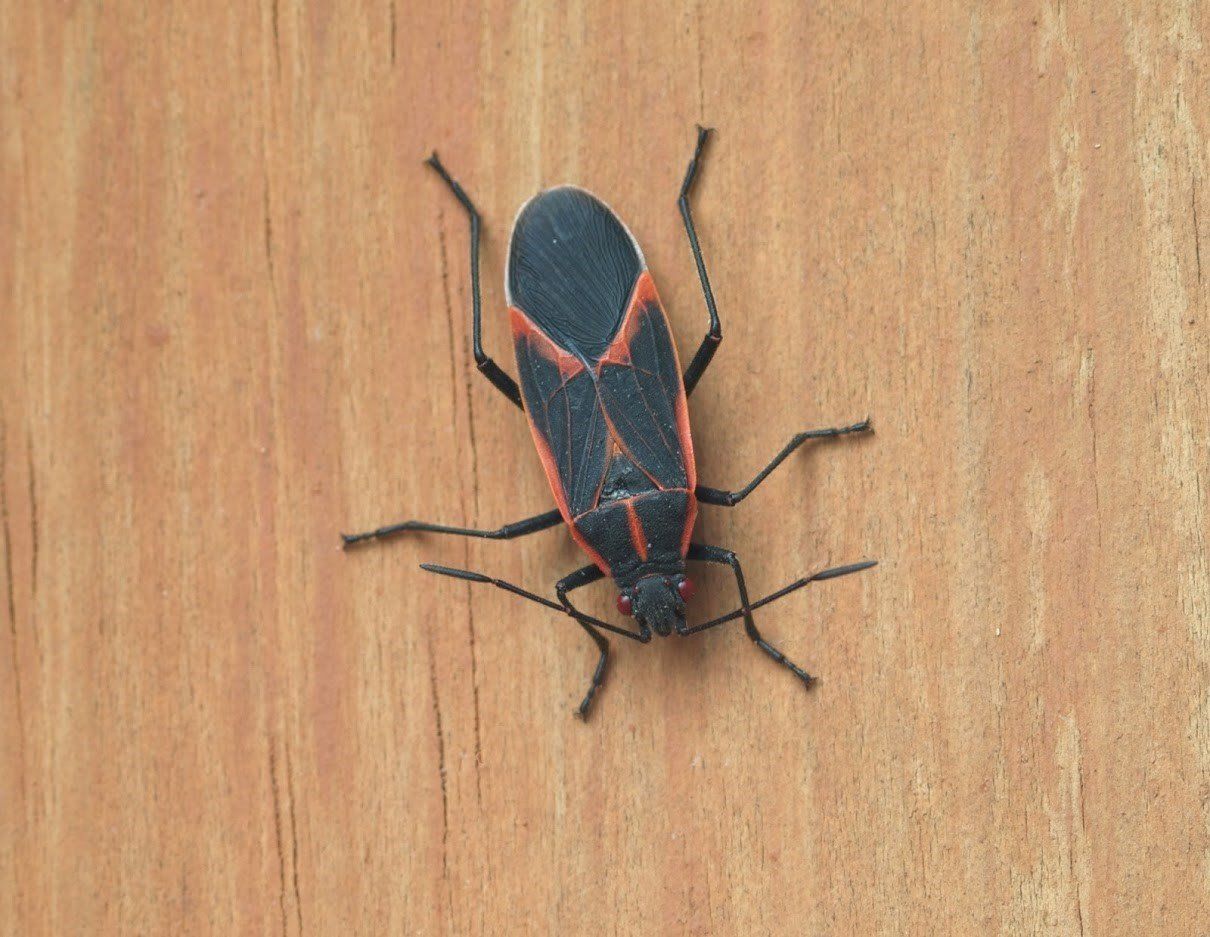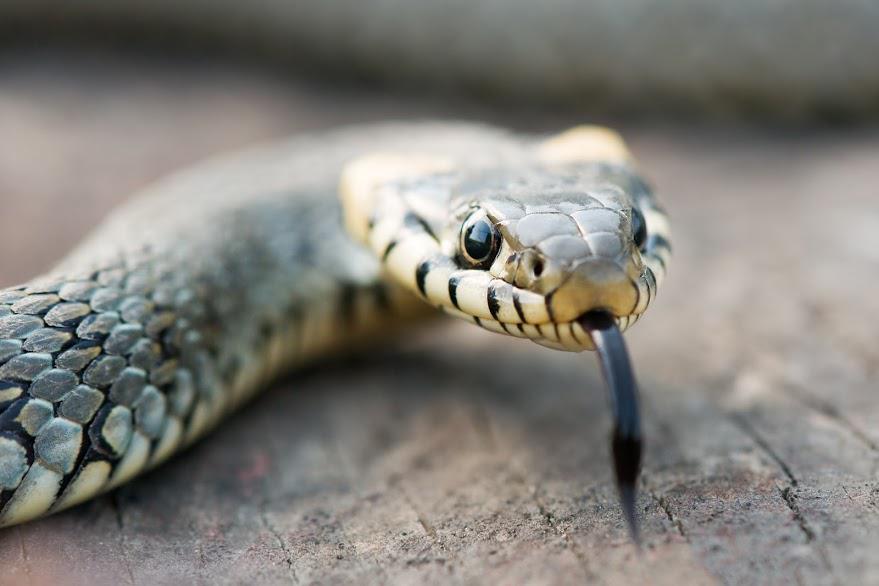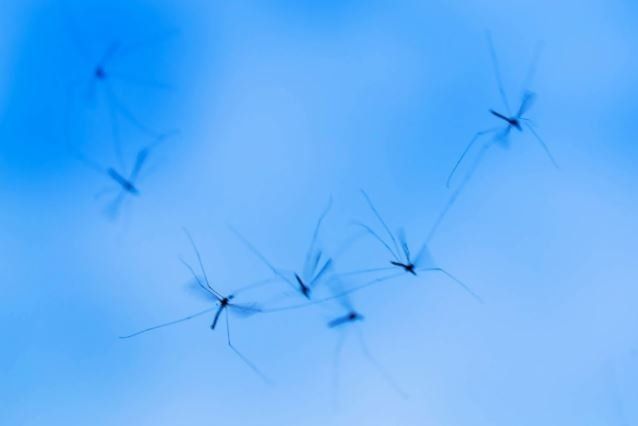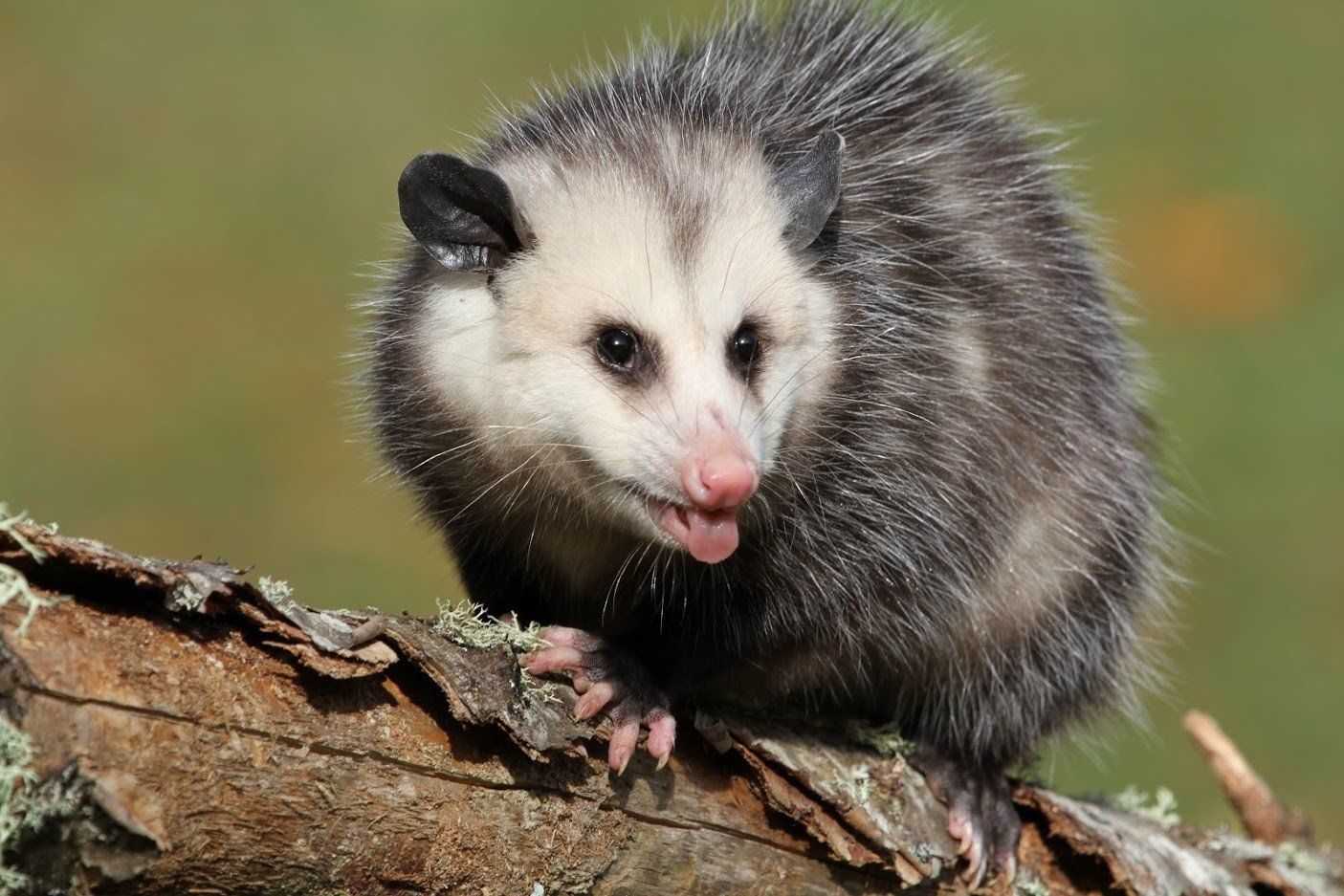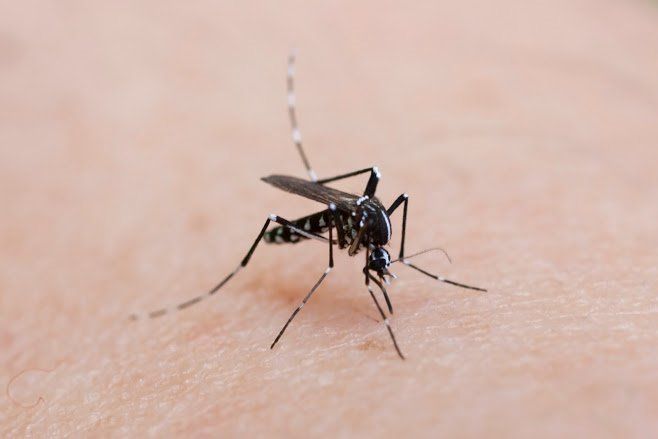Bee Aware: 6 Interesting Facts About Bees
websitebuilder • August 3, 2018
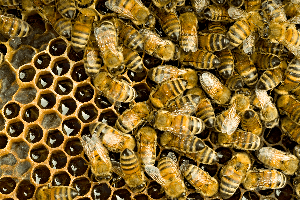
They pollinate flowers, and their stings are painful. Most people know these basics about bees, but how much else do you know about these buzzing insects? Bees are highly complex creatures, and while they play an important role in ecology, they can also be a threat to your home and health. Read on to learn six interesting facts about bees that will help you deal with these insects properly.
1. There Are More Than 25,000 Species of Bees
About 4,000 of these bee species live in the United States. All bee species belong to the superfamily Apoidea. Most of the better-known bees, including honeybees and bumblebees, belong to the family Apidea. Actually, honeybees are not even a single species, but rather a group of 10 similar, related species. Most people who raise honeybees raise a species known as the European honeybee, or Apis Mellifera.
2. Bee Colonies Have Complex Social Structures
A colony is more than a group of bees that share a hive. Each bee has its own role in the colony. The queen produces eggs that later become adult bees. The worker bees build the nest and forage for nectar, which is later transformed into honey. More than 50,000 bees can live in a single, mature honeybee hive, which is one reason why you should always have a hive removed as soon as you discover it.
3. Honey Is the Only Insect-Produced Foodstuff That Humans Eat
Honey is the only food product humans consume that is produced by insects, and it is more than just tasty. It has been found to help heal wounds and soothe coughs.
Because of honey production, humans have a very interesting, complex relationship with bees. Although homeowners do not want bees building nests in their home or on their property, humans do rely on beehives — usually those developed in a captivity-like setting — to produce honey. Because of this, honeybees that build hives in homes can sometimes be relocated to bee farms where their honey can be put to use.
4. Bees Have an Excellent Sense of Smell
Honeybees have 170 odor receptors, and they are more sensitive to odors than are fruit flies or mosquitoes. They use this sense of smell not only to find food but to detect pheromones released by other bees. This ability helps a bee determine which bees are related to them, where a bee sits in the social structure of the hive, and where other bees are located.
Bees' excellent sense of smell is one reason they're able to work together to build such complex hives.
5. Bees' Nests Can Cause Substantial Damage
Most people think of stinging as the main threat posed by bees. However, the structural damage caused by bee nests is just as serious of a problem. Bees may initially enter through a crack and form a small nest inside, but they will keep building the nest until it completely fills the cavity.
As a nest grows larger, it starts causing the walls to bow and warp. Bee waste and honey may also seep through and stain walls. The sooner you notice and get rid of a bees' nest, the less damage you'll need to repair.
6. Bees Die When They Sting
Many people cower and hide when they see a bee, afraid that they might get stung. In reality, a bee is unlikely to come after you and sting you unless you directly threaten it. When a bee stings a human or another mammal, its stinger gets stuck in the animal's skin and breaks off. This kills the bee. Therefore, most bees are not motivated to sting unless they feel they have no other choice. If you see a bee and just ignore it, you should be safe.
Bees are essential for the production of honey, and a bee in the wild poses little threat. However, if you notice a bees' nest on your property, you must take action quickly to prevent damage. Contact
Anteater Pest Control Inc. for bee removal services in the Waterford area.
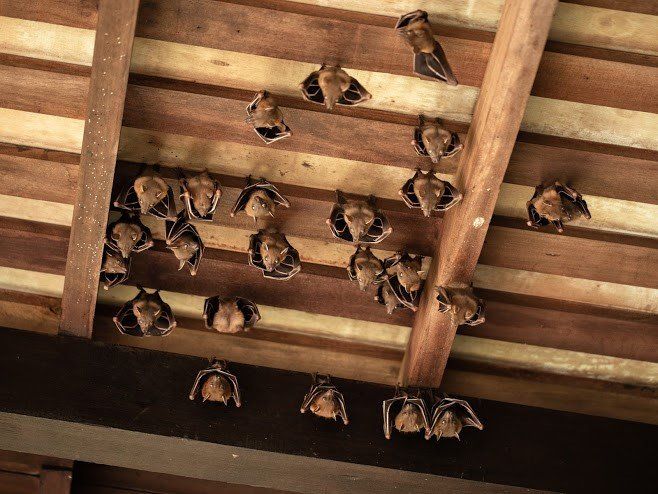
Bats can be cute when you see them in nature, but inside your home, they are more than just a nuisance. Bats can carry deadly diseases, like rabies, which means that if you have a bat, you need to take steps immediately to solve the problem. Removal Options Removal is best left to a professional due to the risks involved. Single Bat A single bat may get into the house through an open window or the chimney. The good news is that this usually is a one-time event and you don't have an infestation. The best course of action is to remove pets and people from the room with the bat, open all of the windows in the room, and then close off the room so the bat can't get into the rest of the house. With luck, the bat will find a window and leave. If you must handle the bat, wear gloves and do not touch the bat directly. The safest option is to call in a pest service if the bat doesn't leave on its own. Roosting Colony Sometimes your home provides the perfect place for daytime roosting. Little-used attics are most at risk, but bats may also colonize crawlspaces, spaces in your walls, or outbuildings. You should not try to remove an entire colony of bats on your own. A pest professional that is aware of local and federal wildlife laws should be called in to trap and remove the bats. Prevention Tactics Once you are free of the bats, your next step is to ensure that they cannot return. Exclusion If a bat can't get into your home, you can't have a bat problem — which is why exclusion is your main goal. Your pest service will inspect your home and find the likely entry points that the bats are using. You can also watch your home during the twilight hours to find where the bats are emerging. Once you know the likely entry points and have had all bats removed from the house, you can seal up the openings so the bats can't regain access to your home. Alternative Dwellings If you live in an area with a high bat population or would simply like to keep these beneficial insect-eaters nearby, then providing alternative dwelling options can be just the ticket for diverting bats away from your home. You can buy or build simple bat boxes. These boxes are typically attached to trees or poles to provide a more attractive roosting space for the bats. Cleanup Safety Bats are not clean animals. If a bat has been roosting in your home, then you will have droppings (called guano) and urine to deal with. Guano Sanitation Bat guano can carry histoplasmosis, a fungal spore that can cause a chronic respiratory disease. If you must try to clean up on your own, you need to cover all of your skin, wear gloves and eye protection, and use a respirator mask. All debris must be cleaned up and all surfaces must be sanitized with a bleach solution. Professionals will also use a HEPA vacuum, which has a strong filter that ensures none of the possible fungal pathogens remain in the air. Dead Bat Removal Extreme caution is necessary if there are dead bats in your home. Conditions like rabies can still be transmitted from dead animals. Wear gloves and do not touch the bat directly if you attempt to remove it yourself. The area where the bat was found must also be completely sanitized with a bleach solution. For more assistance with a bat in the home, contact Anteater Pest Control, Inc.

